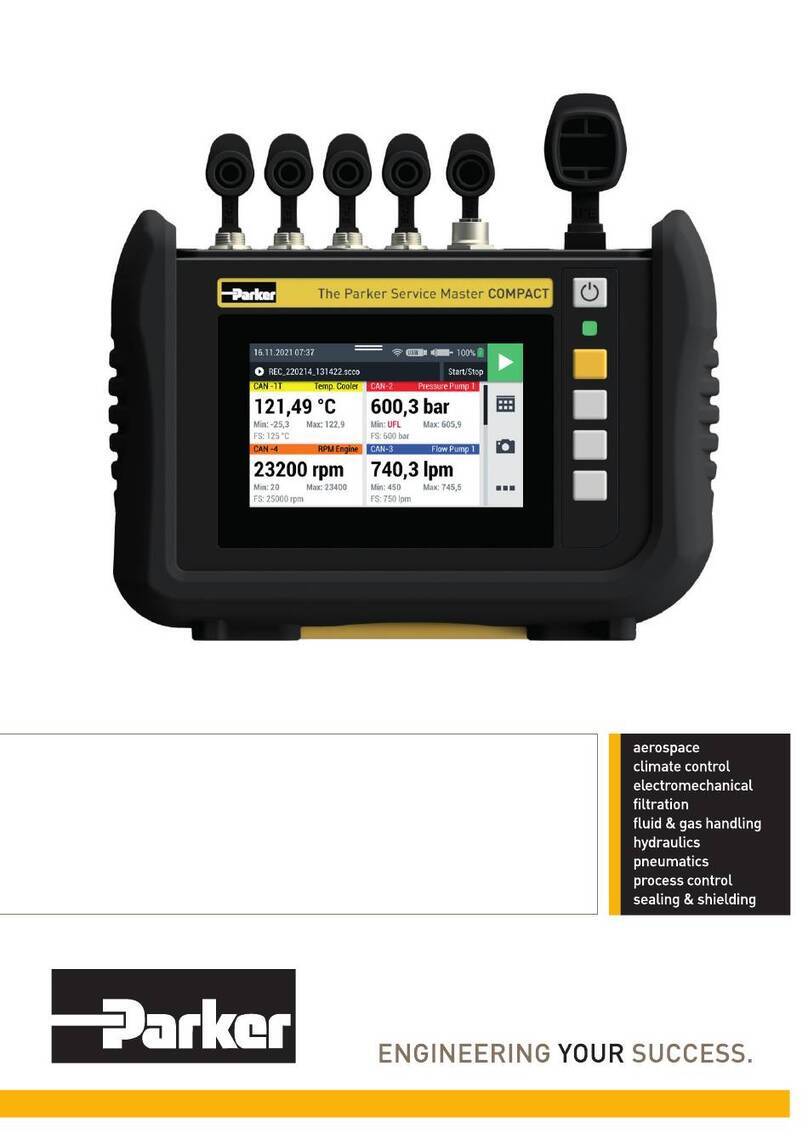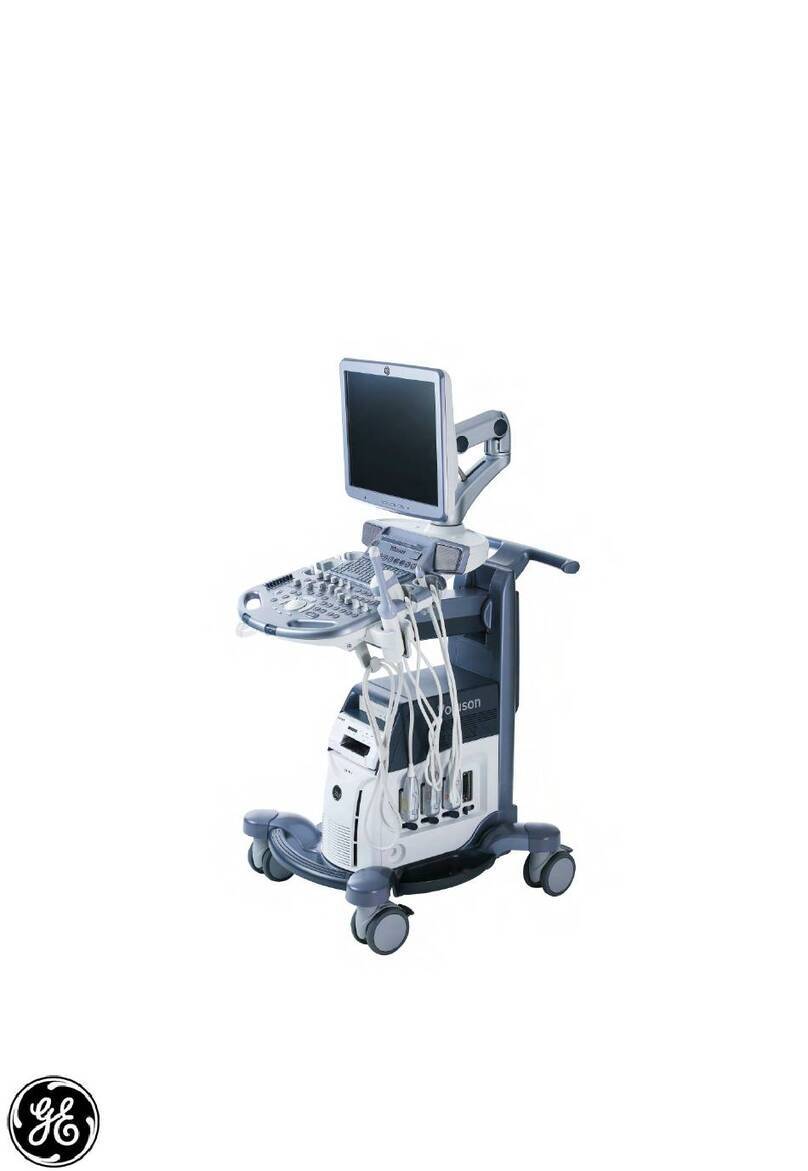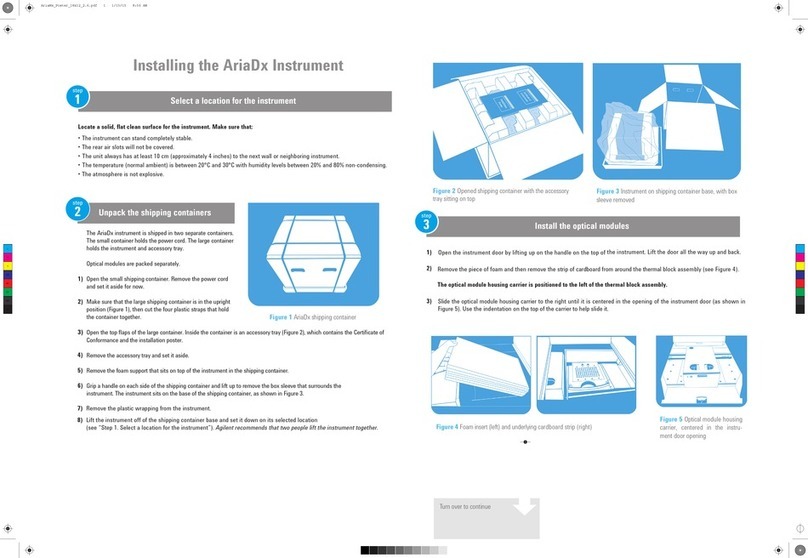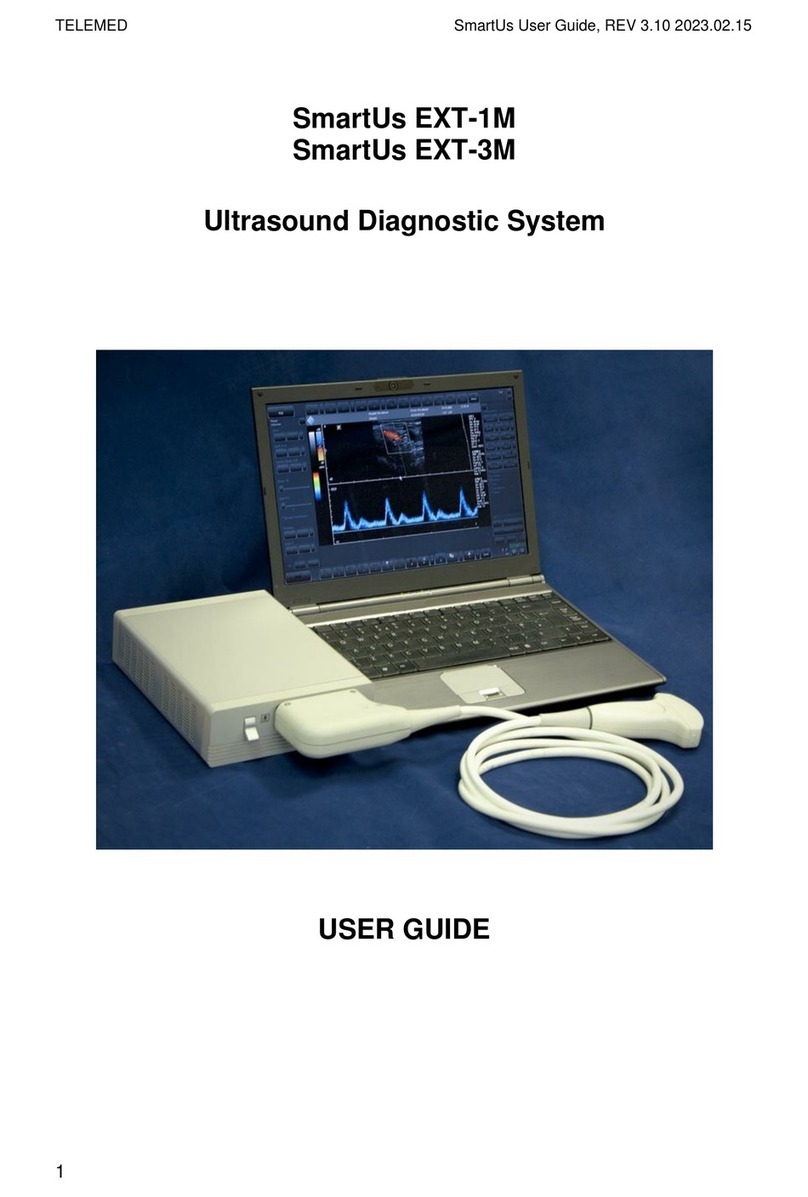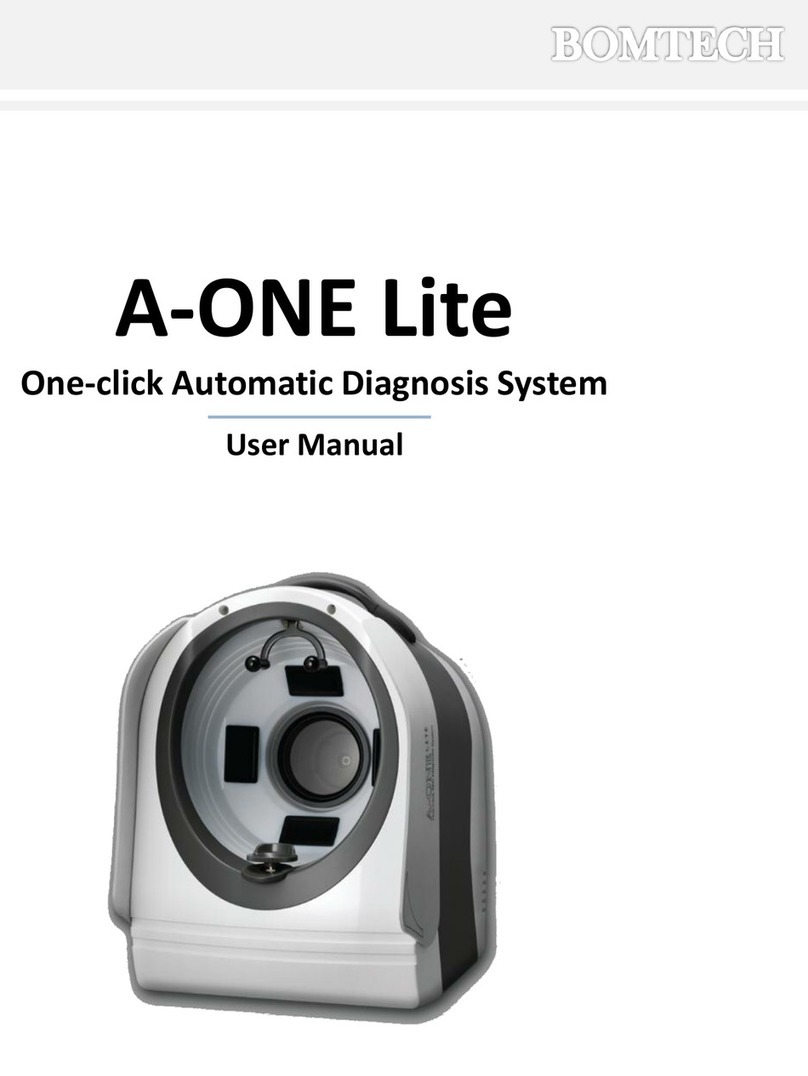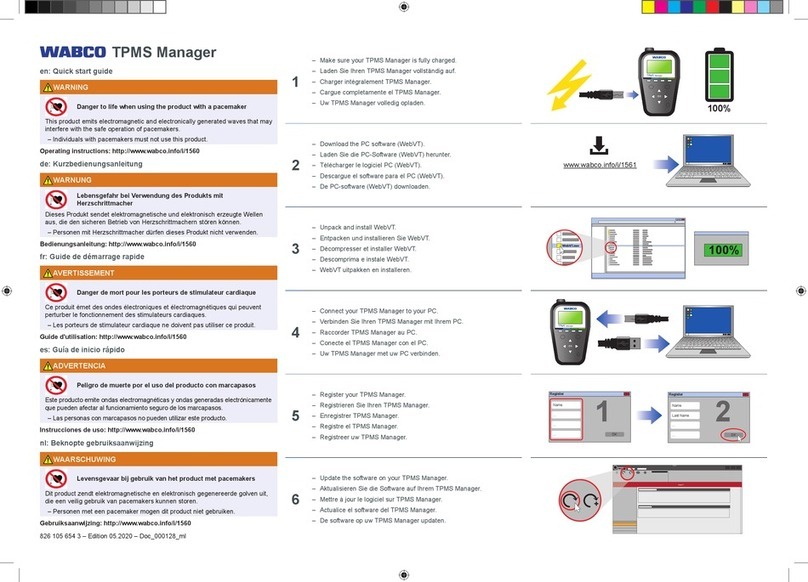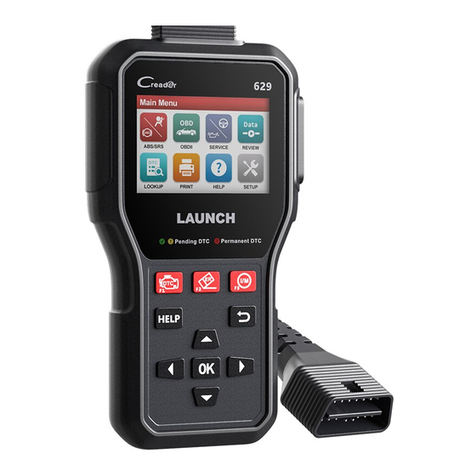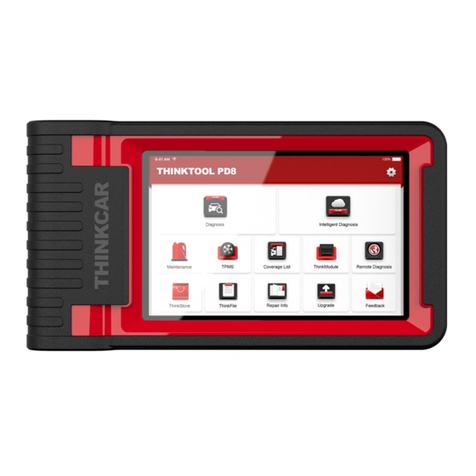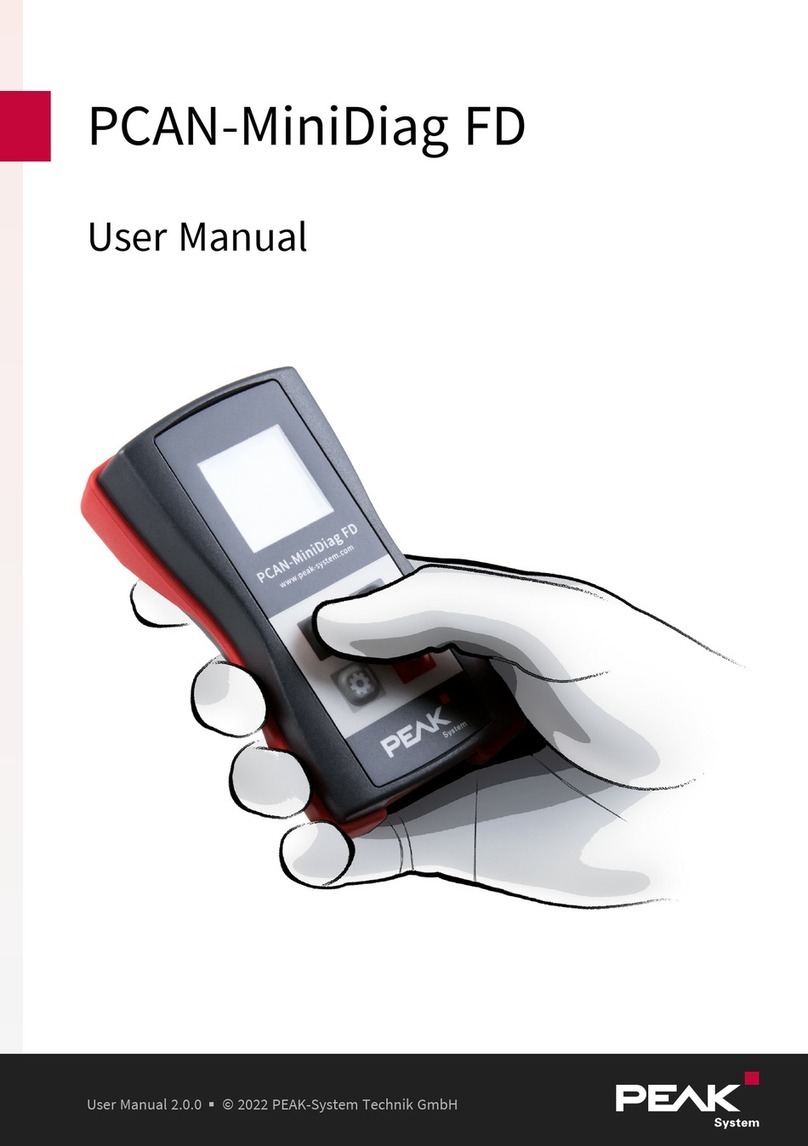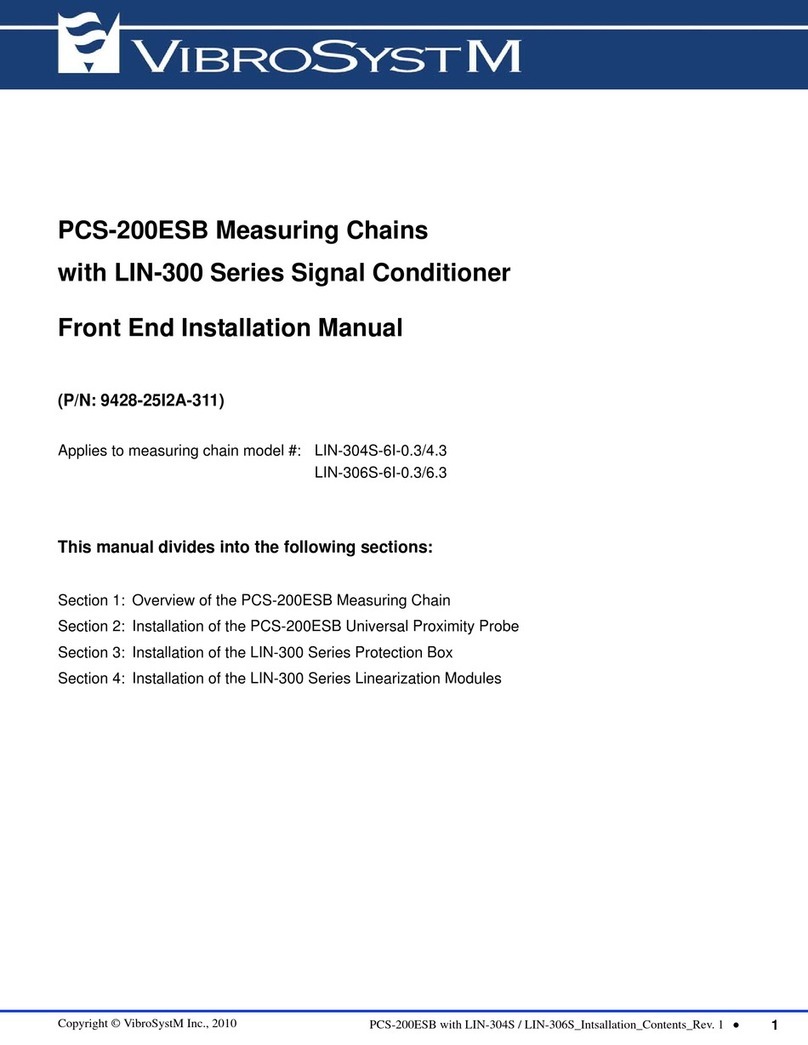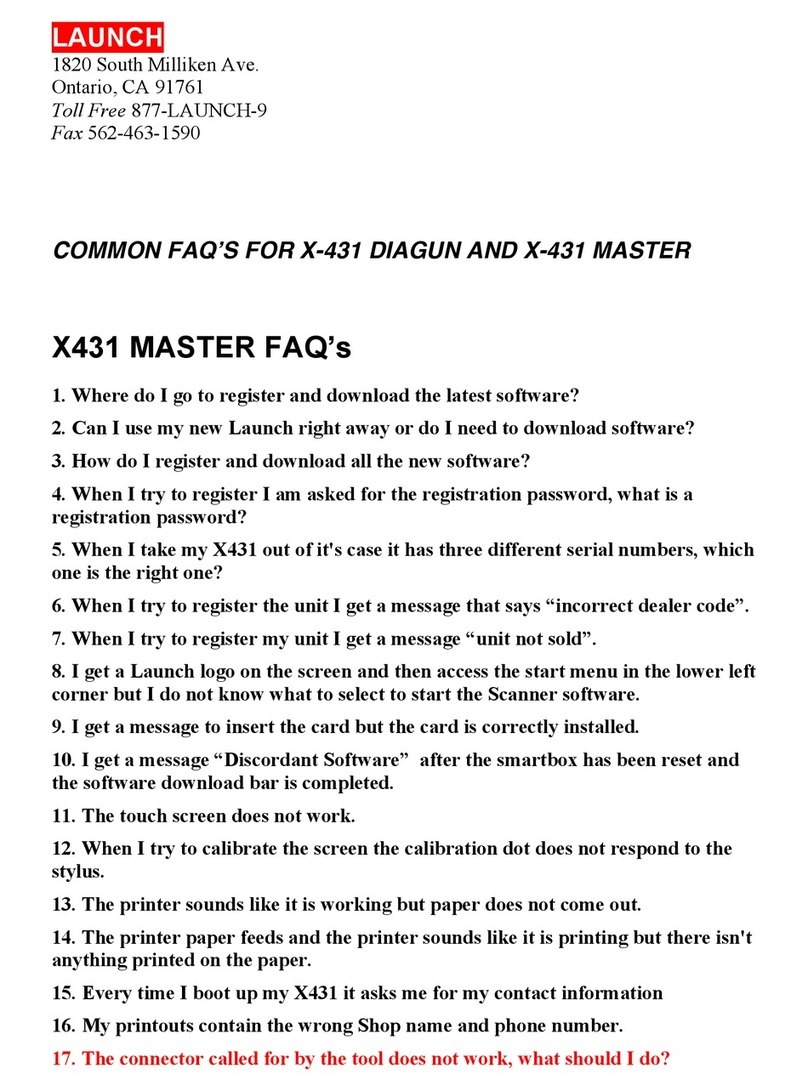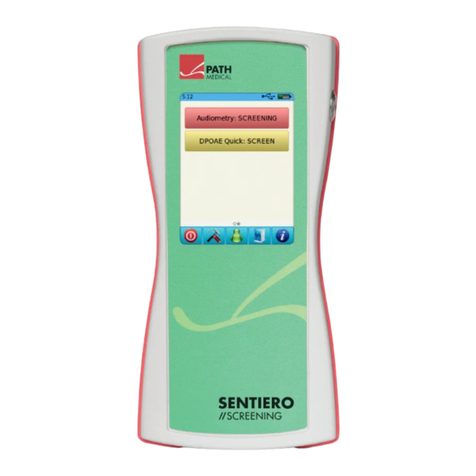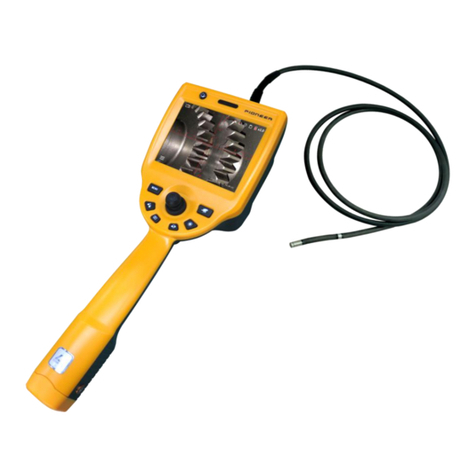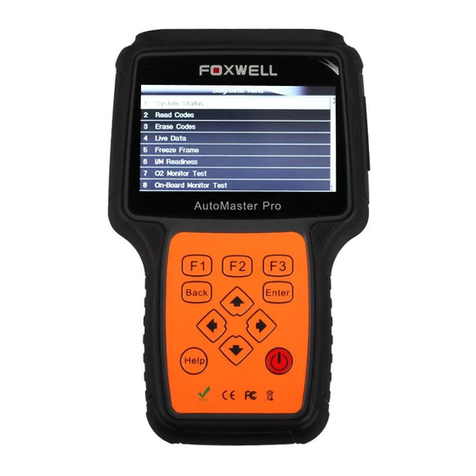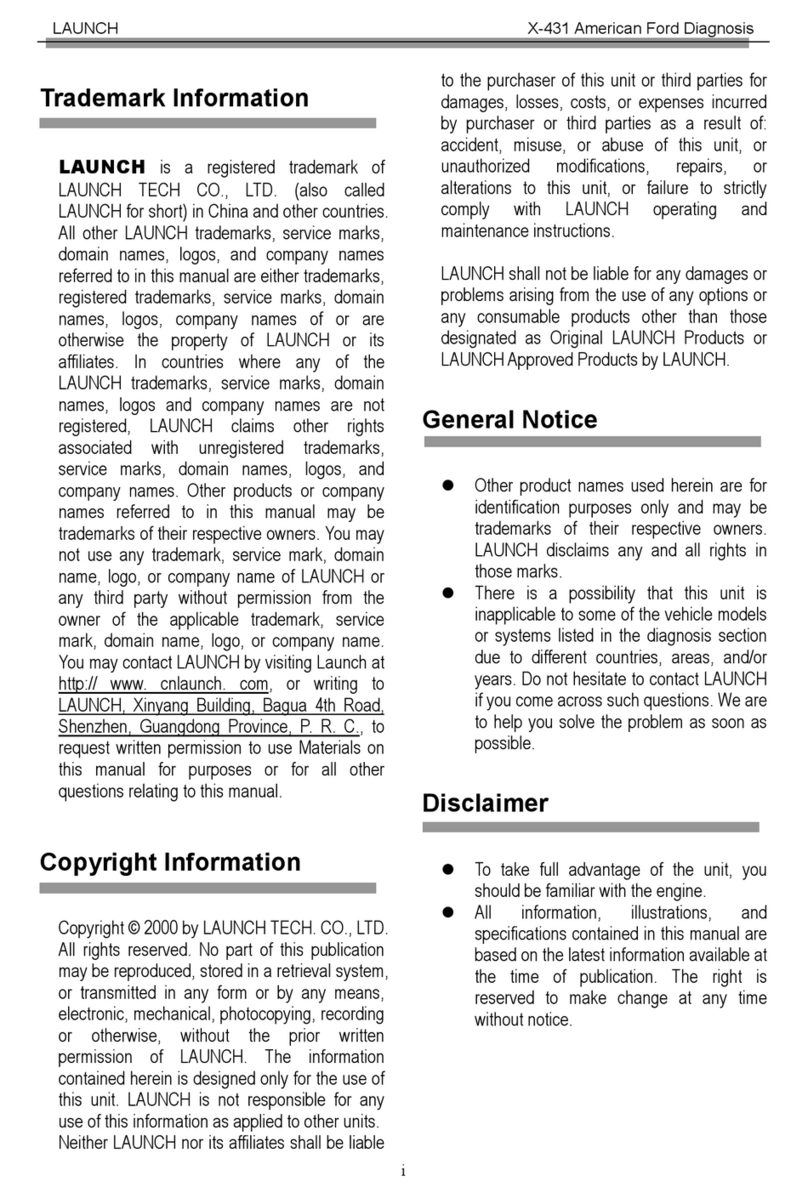Nichiryo Nichipet Air User manual

In Vitro Medical Diagnostic Devices (98/79/EC)
Annex III self-declared
ISO 8655 STANDARD
CERTIFIED ISO9001
User’s Manual

- 1 -
Thank you very much for purchasing Nichipet Air.
Please read this manual carefully before using this device.
Danger Levels
Will lead to serious injuries or death.
May lead to severe injuries or death.
May lead to light to moderate injuries, and/or cause
property damage.
User information
Caution on disposal of this product
When disposing the pipette body and tips (including adhering liquid), please
comply with the laws and regulations of each country related to disposal, or local
ordinance or regulation.
Please read this manual carefully and have sufficient understanding of the
contents and instructions, especially concerning matters of safety, prior to
use.
The notes stated here is for the safety of the user, and for the correct
usage of the product.
After reading this manual, please keep it in a noticeable and accessible
place for ‘users of the device’ to refer to at any time.
Safety Precautions
WARNING
CAUTION
DANGER

- 2 -
Table of Contents
1. Product overview 3
1.1 Features 3
1.2 Standard accessories (Included) 3
1.3 Main illustration 4
2. Information on safety 4
2.1 Intended use 4
2.2 Material information 6
3. Operation/Operating procedure 6
3.1 Volume setting 6
3.2 Aspiration of liquid (Forward technique) 7
3.3 Dispensing the liquid 8
3.4 Recommendation for accurate pipetting (Technique) 9
4. Maintenance 10
4.1 Cleaning 10
4.1.1 Disassembling 10
4.1.2 Reassembling 12
4.1.3 Lubrication/Greasing 21
4.2 Autoclaving 22
4.2.1 Autoclave implementation procedure 22
4.2.2 Drying procedure 23
5. Specifications (Accuracy/Precision) 24
6. Calibration (Adjustments) 25
6.1 Volume adjustment method 25
6.2 Volume measurement/Inspection procedure 26
7. Troubleshooting 28
8. Replacement parts list 29
8.1 Consumables 29
8.2 Spare parts list
29

- 3 -
1. Product overview
1.1 Features
The newly designed curvature and roundness in shape is ergonomic, and mitigates
the user’s fatigue and stress levels from long periods of use.
Fully autoclavable at the condition of 121°C for 20 minutes.
Eight types can be used for a wide range of sampling, from 0.1μL to 10,000μL. In
addition, the volume sizes are indicated by colors, 2μL-gray, 10μL-pink, 20μL-
cream, 100μL-orange, 200μL-yellow, 1000μL-blue, 5000μL-green, 10000μL-white.
Since each type is displayed in a different color, they are easily identifiable.
The body's hermetic part/airtight part uses high-performance and high-heat-
resistant grease, thus maintaining excellent accuracy and precision, even when
used over long periods of time.
The special design and structure, makes it easy and intuitive to calibrate.
1.2 Standard accessories (Included)
Accessories
QTY
Tip (
2µL, 10µL, 20µL, 100µL, 200µL, 1000µL,
)
3
Tip (
5000
µL
,10000
µL
)
1
Grease
1
Nozzle filter (
5000
µL
,10000
µL
)
3
User’
s Manual
1
When unboxing the package, check that all of the items above are included for the
respective model.

- 4 -
1.3 Main illustration
2. Information on safety
2.1 Intended use
Nichipet Air, used in conjunction with pipette tips recommended by Nichiryo, are
designed and constructed for low-contamination transfer of liquids, especially for
samples from the human body and for reagents within the scope of an in-vitro
diagnostic application in order to allow the in-vitro diagnostic medical device to be
used as intended.
Therefore, Nichipet Air is subjected to the accessories of in-vitro diagnostic medical
devices under Directive 98/79/EC. The accessories is treated as in vitro diagnostic medical
devices in their own right under Directive 98/79/EC.
Nichipet Air are intended for operation by qualified staff.
Push button
Volume setting
rotator
Ejector button
Main body
V
olume indicator
Ejector
pipe
Ejector
pipe
5000
・
10000μL

- 5 -
When handling radioactive substances or infectious substances, always check and
confirm the information first, and follow guidelines on their safety procedures.
When using harmful liquids to the human body, be very careful in the handling of the
substances.
Never touch or come into direct contact with the used chips.
When liquids that are harmful to the human body adheres and/or contamination occurs,
use appropriate measures to clean and decontaminate the device before continuing
its use.
This product is not intended for use on living organisms.
Do not eject the tip with liquid inside of it.
Do not eject the tip towards anybody.
Do not expel or dispense any liquids towards anybody.
Depending on the splashed liquid, there is danger of causing injuries to the human
body.
Please protect yourself in accordance with the general procedure of danger prevention,
such as wearing protective clothing, protective glasses and gloves.
Do not use the pipette for any other purpose, use only for pipetting and liquid dispensing.
Do not modify the pipette, modification can lead to accidents.
Do not stab the tip into the human body, or eject the tip towards anyone. The tip is
very sharp and extremely dangerous.
Since the main body of the pipette becomes extremely hot right after autoclaving and
drying. In this state, please do not touch it directly with your hands. It can lead to accidents
and burn injury.
Do not use the pipette for any purpose other than pipetting and liquid dispensing,
such as stirring liquid with this product. It can lead to loosening of the tip, the tip
dropping off, liquid adhesion and contamination to the main unit of the device and
accidents and/or injury.
DANGER
WARNING
CAUTION

- 6 -
2.2 Material information
The use of highly reactive chemicals may damage the device. Please acknowledge
the following materials that are used, and do not use liquids that will violate them.
Material of external parts
Polypropylene (PP)
modified- Polyphenyleneether (m-PPE)
Polyetheretherketone (PEEK)
Fluororubber (FKM)
Stainless steel
Aluminum alloy
Polysulfone (PSU)
Polyphenylenesulfide (PPS)
3. Operation/Operating procedure
Do not expose pipette to direct sunlight when using it, or for 2 hours prior to use,
otherwise the pipette may lose its accuracy. Avoid working with pipettes in a high
temperature, low temperature, low humidity environment, or when the
temperature difference between the environment including the main body of the
device and the liquid is large, accuracy and precision may not be guaranteed.
Just prior to use, avoid touching the tip or nozzle cylinder as much as possible. If
they are warmed up, accuracy may not be obtained.
Original Nichiryo tips are recommended. Nichipet Air is calibrated with the original
Nichiryo tip, if you use other tips, deviations in original factory settings may occur,
and accuracy will not be guaranteed.
3.1 Volume setting
1) Turn the volume setting rotator to set the volume indicator to a desired liquid
volume. When setting the liquid volume, set the indicator’s minimum graduation
scale to the triangle point marker in the lower part of the volume indicator (Fig.A).
Please refer to the volume indicator and the minimum graduation unit for each model
to set the measurement volume accordingly. The volume indicator numbers are
colored in black, or in red, to indicate the position of the decimal point. Black indicates
the integer, red indicates the decimal. Scale units are in (μL).
2) To increase the volume setting, turn the volume setting rotator till it passes the
designated volume setting by at least half a rotation of the rotator, and then dial back
to set the designated volume.
3) To decrease the volume setting, simply turn it to the designated volume directly.
(Fig. A)
CAUTION

- 7 -
Do not exceed the specified liquid volume limit, otherwise the pipette may be
damaged or deteriorate in its quality.
3.2 Aspiration of liquid (Forward technique)
1) Attach a new tip to the nozzle end.
It is recommended that tips are directly picked up from the rack. Do not twist
the pipette when fixing tip on.
Please be sure to mount the tip on the main nozzle securely. Failure to do so
may cause the tip to drop off and liquid to splash.
Do not perform pipetting with less liquid than the set volume. If the quantity of liquid is
less than the set volume, it may cause the liquid to spray into the main body, and the
pipette may be damaged or deteriorate in its quality.
2) Press down the push button fully to the ‘1st stop’.
3) Hold the pipette vertically and immerse the tip 2mm. to 3mm. below the surface of
the liquid (Fig. B) - ①.
4) To aspirate the set volume of liquid into the tip, release the push button slowly and
let the push button go back to the initial position naturally. It takes 1 second to
aspirate the liquid. During this operation, stop to wait for the suction process of the
liquid to be totally completed, making sure that the liquid is drawn up into the tip
with certainty (Fig. B) -②.
5) Draw the tip of the pipette carefully vertically upward and away from the liquid
surface, then touch the tip to the side of the tube to remove excess droplet adhering
to the outside of the tip (Fig. B) - ③.
Fig. A
Point mark
Minimum scale [µL]
Volume indicator
CAUTION
CAUTION
Model: 2µL 10µL 20µL 100µL 200µL 1000µL 5000µL 10000µL
(0.002) (0.01) (0.02) (0.1) (0.2) ( 1 ) ( 5 ) ( 10 )

- 8 -
Do not aspirate when the push button is at ‘2nd position’ (Fig. B).
We recommend using the forward technique as the operation method of this
device for pipetting. Nichipet Air has been calibrated with the forward method,
and precision may not be obtained when dispensing by any other means.
Always change the tip when using different liquids to avoid cross-contamination.
Please operate the push button slowly and gently.
Sudden release of the push button, can lead to the aspiration of the liquid into the nozzle
cylinder; not only precise accuracy will not be obtained, but also the quality of the device
will be impaired.
When using the pipette, be sure to always attach and use a tip. Failure to do so, will
lead to liquid entering the inside of the device’s nozzle cylinder and cause serious
malfunctions
Never turn the device sideways or upside down with liquid in the tip. Liquid can enter
inside the device’s nozzle cylinder, which can cause *contamination and breakdown.
*Cross-contamination with the entered liquid remaining inside the main body of the device
can also occur, when switching liquids thereafter.
3.3 Dispensing the liquid
1) Touch the end of the tip against the inside wall of the recipient tube at a slight angle.
2) Press the push button down slowly and smoothly to the ‘1st stop’.
Wait for a second, then press the push button down to the ‘2nd stop’ to expel the last
droplet of liquid from the tip (Fig. B) - ④ and ⑤.
3) Keep the push button compressed. Remove the last droplet by slightly touching and
running the end of the tip up against the inner wall of the tube, then move the tip of
the pipette vertically straight up and out of the tube.
4) Press the ejector button to detach the tip to dispose (Fig. B) – ⑥.
We recommend the tip to be disposed of after each use.
Repeated use may lead to and result in; loss of accuracy, precision, and may
lead to contamination/cross-contamination due to adhesion and deposits from
prior use.
CAUTION

- 9 -
3.4 Recommendation for accurate pipetting (Technique)
1) Pre-Rinsing the tip
Higher precision can be obtained by performing the pre-rinsing of the tip. When using a
fresh pipette tip for the first time and before sampling, it is important to pre-rinse the tip
at least two to three times with the target solution before pipetting. Repeat the aspiration
and discharge to the position of the 1st stop consecutively for two to three times
(Fig. C).
When strict precision is required, this method is recommended for all kinds of liquid
handling. Pre-rinsing is a fast and easy way to increase the accuracy.
Fig. B
①
②
③
④
⑤
⑥
Original
position
Fig. C
Original position
1st stop
2nd stop

- 10 -
2) Handling of Viscous Solutions
After aspirating the liquid into the tip, wait for more seconds than normal viscosity before
removing the tip slowly from the surface of the liquid. When dispensing, wait 2 to 3
seconds at the first stop position before pushing into the second stop position (Fig. C).
3) Small volume dispensing
Especially for volumes less than 50μL, please operate the pipette slowly and smoothly.
Also, please pay close attention to the effect of evaporation loss, due to temperature and
humidity.
4. Maintenance
4.1 Cleaning
When Nichipet Air’s exterior is soiled, please use 70% ethanol on a clean soft cloth to wipe it
off.
Also, if any symptom that is described in the "7. Troubleshooting" section occurs, disassemble
and inspect the device (each part), and then check and follow the procedures in the
‘Troubleshooting Table’ to identify and isolate, correct and/or fix the situation or problem.
Use of highly reactive liquids, may damage the device.
After using a highly reactive liquid or/and if contamination occurs, perform the disassembly
and cleaning of the device, accordingly to the following method in this manual.
✓ In order to keep and use Nichipet AIR in its best condition, we recommend the user
carries out; periodic checks and maintenance, and volume inspection/calibration of
the device.
4.1.1 Disassembling
1) Turn the ejector pipe counterclockwise until it stops, and pull it out. (Fig. D)
2) Turn the nozzle securing nut in the direction of the arrow to remove the nozzle cylinder.
(Fig. D)
CAUTION

- 11 -
When removing the nozzle cylinder, disassemble it carefully, as the internal parts may
pop out due to the action of the spring.
3) Take out each part as needed and accordingly.
・2 μL, 10 μL (Fig. E, F)
The hermetic part/airtight part is integrated with the nozzle cylinder.
(It cannot be disassembled furthermore.)
・20μL, 100μL, 200μL, 1000μL (Fig. G to J)
Take out the seal spring, O-ring retainer and O-ring.
✓ The shape of the O-ring retainer varies, depending on the volume type.
Please be careful and refer to the figures for details.
CAUTION
Fig. D
Nozzle
securing nut
Nozzle
securing nut
Nozzle cylinder
Nozzle
cylinder

- 12 -
4.1.2 Reassembling
1) Installation of the nozzle cylinder.
・ 2 μL, 10 μL (Fig. E, F)
Insert the plunger into the nozzle cylinder, and turn the nozzle securing nut clockwise,
and tighten.
・ 20μL, 100μL, 200μL, 1000μL (Fig. G to J)
Attach the seal spring, O-ring retainer, and O-ring to the plunger, insert the plunger
into the nozzle cylinder, and turn the nozzle securing nut clockwise, and tighten.
・ 5000μL, 10000μL (Fig. K, L)
After replacing the piston lip if necessary, insert the piston into the nozzle cylinder,
and turn the nozzle securing nut clockwise, and tighten.
When assembling, be careful not to make any mistakes in the order and the
mounting orientation of the O-ring retainer and O-ring. If installed in an
opposite way (upside down), airtightness cannot be maintained, causing
malfunctions, such as, water leaks, accuracy errors, or liquids not being
aspirated.
When replacing the piston lip, be careful not to damage the piston lip.
Also, pay attention to the correct mounting orientation. (Right-side up.)

- 13 -
Plunger
Ejector pipe 2µL/10µL
Fig. E
Nozzle cylinder set 2µL
2
μ
L

- 14 -
Plunger
Nozzle cylinder set 10µL
10
μ
L
Ejector pipe 2µL/10µL
Fig. F

- 15 -
20
μ
L
Fig. G
Plunger
Nozzle cylinder set 20µL
Seal spring
O-ring retainer 20µL
Ejector pipe 20µL/100µL/200µL
O-ring 20µL

- 16 -
Plunger
Nozzle cylinder set 100µL
Seal spring
O-ring retainer 100µL
*Pay attention to the
orientation
O-ring 100µL
Ejector pipe 20µL/100µL/200µL
100
μ
L
Fig. H

- 17 -
Plunger
Nozzle cylinder set 200µL
Seal spring
O
-
ring retainer 200µL
*Pay attention to the
orientation
O-ring 200µL
Ejector pipe 20µL/100µL/200µL
200
μ
L
Fig. I

- 18 -
Plunger
Nozzle cylinder set 1000µL
10
00
μ
L
Seal spring
O-ring retainer 1000µL
*Pay attention to the
orientation
O
-
ring 1000µL
Ejector pipe 1000µL
Fig. J

- 19 -
Piston lip 5000µL
*Pay attention to the
orientation
500
0
μ
L
Ejector pipe 5000µL
Piston
Nozzle cylinder set 5000µL
Fig. K
Table of contents

